10 Biggest Myths in (High-Speed) Aerodynamics

Many of the things we think we know about aerodynamics, and in particular high-speed aerodynamics, are wrong. Dr Chris ‘Hypersonic’ Combs takes us through 10 of the biggest myths in the much misunderstood field of aerodynamics. SONIC BOOM!

10. No one knows why aeroplanes fly

This myth was popularized by a recent article in Scientific American that ran with a somewhat misleading headline “No One Can Explain Why Planes Stay in the Air”. Aeroplanes stay in the air with lift and thrust. Of course, the governing equations of fluid mechanics that define and predict aerodynamic lift have been established for decades. There is a reason that we have a physical, mathematical foundation that can be used to design aircraft and perform aerodynamic calculations. Computer simulations can be built on these mathematical formulations that accurately predict aircraft performance. None of this is controversial. The only real disagreement comes in the determination of a complete conceptual explanation of what physical mechanism generates lift. Some prefer to describe using Bernoulli’s theorem (in essence, slower air under the wing increases pressure) while others prefer Newton’s third law (air below the wing is pushed down, so an equal and opposite force pushes the wing back up). Alas, it is perhaps futile and unnecessary to attempt to fully describe flight with a single sentence or theorem.
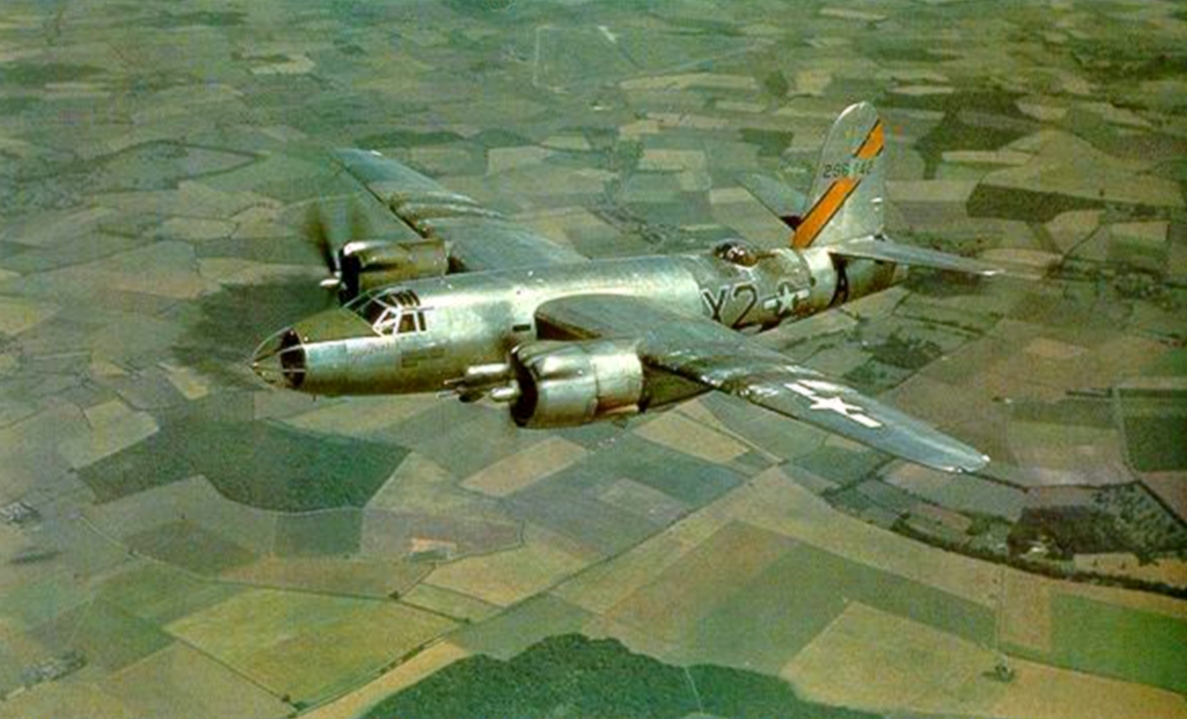
9. Vapour Cones Are a Visualization of Sonic Booms

We’ve all seen the photos of a dramatic vapor cone on a high-speed jet aircraft or rocket with captions like “F-18 breaking the sound barrier” or “F-16 producing a sonic boom”. This is patently false. There are a multitude of things getting confused here (more on some other points later) but the primary issue is that these vapor structures do not even necessarily indicate that a vehicle is moving at supersonic speed. Consider that a well-designed airfoil will cause air molecules to accelerate over the surface of a wing. When a vehicle is travelling near supersonic speed (Mach number ~0.8-0.95) it is common for the air to locally accelerate above Mach 1 for a portion of the wing. As the locally supersonic air continues to accelerate and expand over an aerodynamic surface, this leads to rapid cooling of the molecules that can cause condensation. The structures visualized by vapor cones are more appropriately called expansion fans, a common occurrence in transonic and supersonic flows. These structures will also persist as a vehicle continues to accelerate above Mach 1. The reason vapor cones often appear to flicker or sporadically appear is much more a consequence of local humidity levels rather than acceleration/deceleration of the vehicle in flight.

8. To travel at supersonic speed you must break through the “sound barrier”

Another related myth is that such a thing as the “sound barrier” exists at all. This is an outdated term that arose in the early days of high-speed flight owing to a misunderstanding of the physics of this flight environment—and it unfortunately stuck. During and shortly after War World II, aircraft pushing the limits of their design flight envelope (approaching Mach 1) routinely experienced catastrophic failures for a variety of reasons that led to the adoption of the concept of a “sound barrier” or physical wall that prevented flight beyond Mach 1. The production of shock waves at transonic speeds can create a variety of problems for vehicles by impacting control surfaces, producing flutter, and the generation of powerful wave drag. Propeller blade performance is also significantly hampered when blade tips exceed Mach 1 owing to shock waves. Eventually, with the advent of jet aircraft and improved understanding of vehicle design that could account for these effects, supersonic flight of course became routine. However, the myth of some physical “barrier” that must be broken to achieve high-speed flight still persists.

7. A vehicle creates a single sonic boom when accelerating beyond Mach 1

A common and reasonable misunderstanding is that vehicles create a distinct, single “sonic boom” when exceeding Mach 1. This goes hand-in-hand with the idea of a “sound barrier”— if there is something that is going to be broken it makes sense there would be a loud sound to go with it! Our somewhat limited auditory perception leads us to believe that upon hearing a sonic boom, this must be the moment an object “breaks the sound barrier”. But if this were so, why would we hear a sonic boom from the Space Shuttle or Falcon 9 first-stage boosters that are returning from space and decelerating? The answer is that a sonic boom is not a singular auditory event. Any vehicle traveling at supersonic speed generates strong shockwaves on all leading surfaces. There is also a “closure” or “recompression” shock at the tail of the vehicle. This is the reason that you often hear a double (or sometimes triple) sonic boom and the corresponding pressure signature is referred to as an “N-wave”. These structures do not disappear once the vehicle accelerates beyond Mach 1—they are there at all times moving with the vehicle. In essence, an object moving at supersonic speed produces shock structures that propagate outwards and impact the surface continuously, effectively laying down a carpet of sonic booms. This is the reason the FAA banned commercial supersonic flights over land because the entire flight path would experience sonic booms, not just areas in the vicinity of airports.

6. The speed of sound is only about sound

The term “speed of sound” can be a confusing misnomer. To the layman, “sound” means something audible, something you hear. In the context of fluid physics, speed of sound is the property of a gas that determines how fast information moves from one molecule to the next. This information includes, but is not limited to, acoustic disturbances that we perceive as “sound”. It can also include all other manner of waves and pressure disturbances that happen to occur in a fluid medium. The reason shock waves form when an object exceeds the speed of sound is because the molecules cannot communicate to one another “get out of the way!” fast enough as the object approaches. The speed of sound is also not a fixed constant, and is dependent on gas composition and atmospheric conditions (temperature and/or density). The speed of sound is different at different altitudes or in different planetary atmospheres. The definition of speed of sound becomes increasingly complex in high-speed, high-temperature air flows. For this reason, the definition of Mach number becomes increasingly ambiguous at high-hypersonic speeds and it is most sensible to describe reentry trajectories in terms of velocity rather than Mach number.
Our site is absolutely free and we want to keep it that way. If you’ve enjoyed an article you can donate here. Your donations keep this going. Treat yourself to something from our shop here. Thank you.
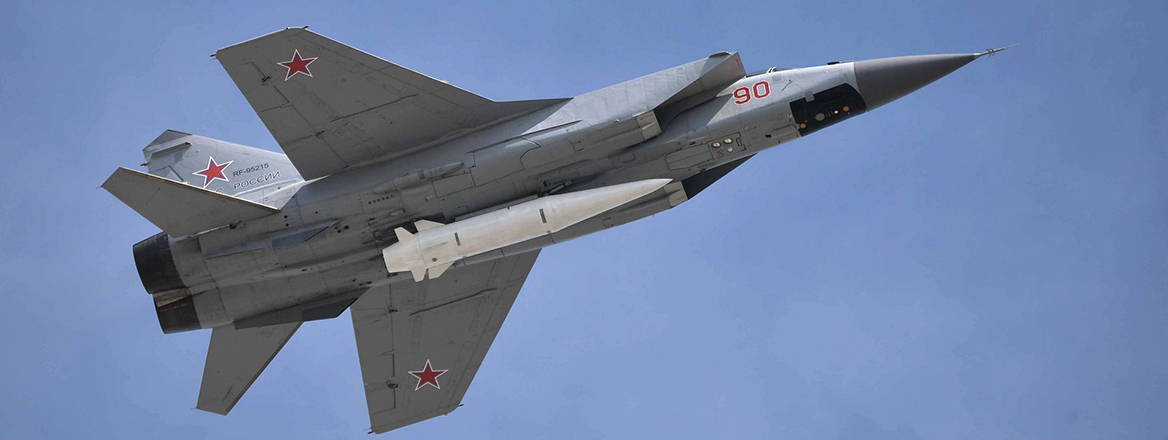
5. Friction is the primary cause of heating in high-speed flows

This is a bit of a minor pet peeve, but something I hear frequently nonetheless. It is common knowledge that high-speed flight leads to aerodynamic heating. Famously the Concorde experienced surface temperatures in excess of 100° C and the SR-71 saw surface temperatures well above 300° C. This is not even to mention vehicles returning to Earth from space, as reentry temperatures can easily exceed 1000° C. But where does the heating come from? Based on our everyday experience, many cite friction as the leading cause of heating, but this would be incorrect. Similar to the way that air cools when it expands, air heats up when it is compressed. Supersonic flight creates shock waves that rapidly compress air and lead to considerable heating. This effect scales with the square of the Mach number, so that atmospheric air can be heated to about 250° C with a shock wave at Mach 2 and nearly 1500° C with a shock wave at Mach 5.
4. Hypersonic = Mach number greater than 5

While we’re talking about things moving at Mach 5, you’ve likely seen this referred to as a sort of magic number at which point an object can be considered to move at hypersonic speed. This is a bit of an oversimplification of the term. To be frank, nothing particularly special happens at Mach 5. Borrowing from John D. Anderson, there is no “flash of green light” when accelerating from Mach 4.9 to 5.1. While there is a notable change in fluid physics when an object traverses the transonic flight regime from Mach 0.9 to 1.1, the same cannot be said for hypersonic flight. For those of us that work in the field of hypersonics, the things that truly define this flight envelope are 1) substantial heating generated by shock waves that tends to dominate vehicle design; 2) potential changes to air chemistry and dissociation that complicate analysis; 3) a highly viscous shock/plasma layer that surrounds the vehicle. These changes come about relatively slowly and are not solely dependent on Mach number. It is possible, for example, to have a cryogenic Mach 6 flow in a university wind tunnel that experiences no notable air chemistry effects and generates little heating on a test article. Similarly, it would be possible for a vehicle moving at Mach 4 at sea level to produce all of the adverse effects commonly associated with hypersonic flight. As it turns out, Mach 5 is just a conveniently round number that has been adopted as a benchmark for hypersonic flight, but it is by no means a hard definition.
3. Wind tunnels are obsolete given the rise of computational fluid dynamics (CFD)
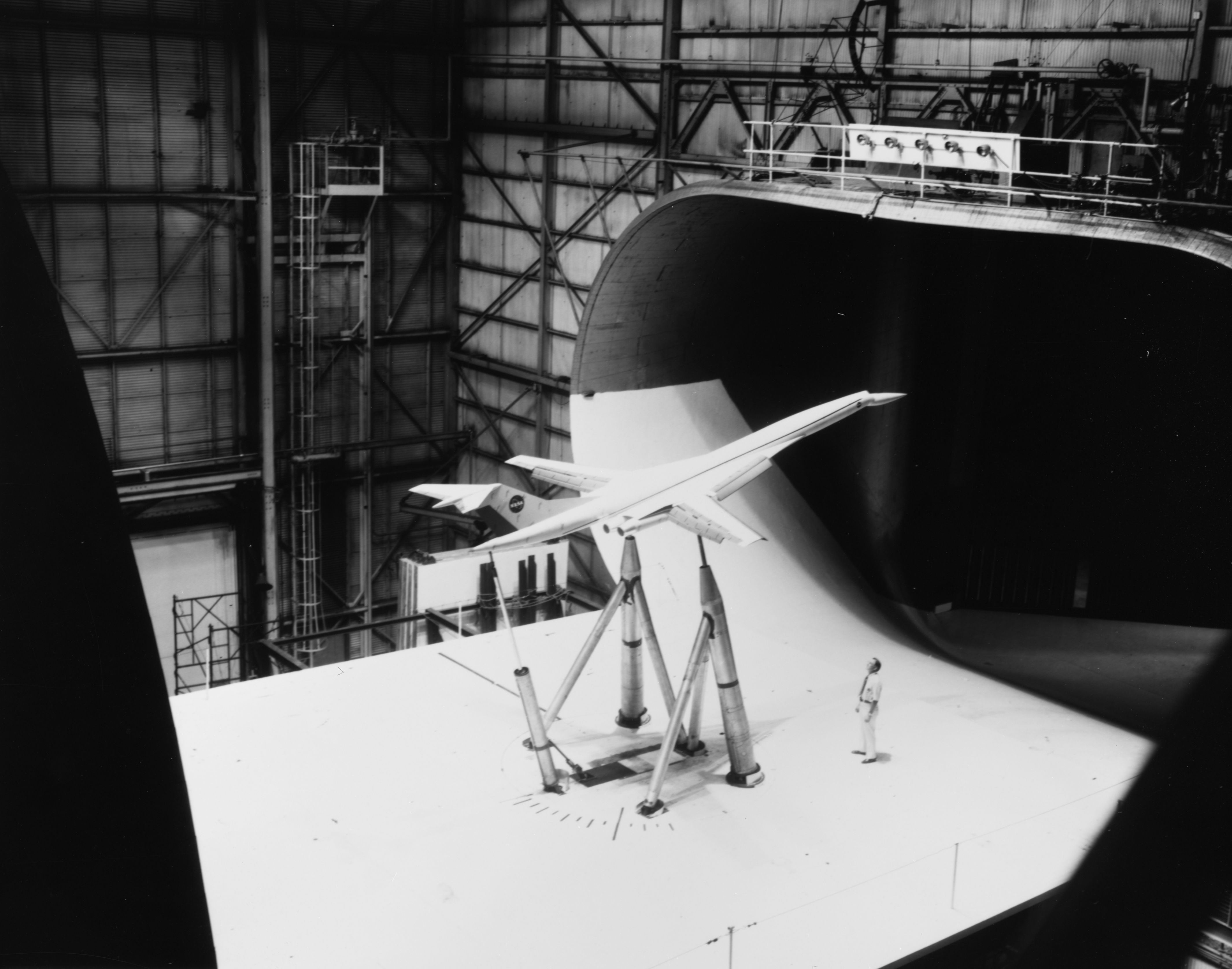
We most certainly live in a digital age. Computer power increases by the day and with smart phones we hold remarkable capability simply in our pockets. Given the numerous supercomputers around the world and this enhanced computing capability, it would be easy to believe that wind tunnels are dinosaurs of aviation’s past, no longer a necessary part of the design process. To that I say “not so fast!” While it is true that there have been significant strides made in the world of computational fluid dynamics (CFD) these simulations have limitations. While the fundamental conservation equations related to fluid mechanics (like the famed Navier-Stokes equation) are well-known, direct analytical solutions to these equations exist primarily for extremely simple configurations. Instead, numerical solvers must either solve these complex non-linear partial differential equations directly (extremely time-consuming) or use models to effectively find shortcuts in the process. While direct simulations of a full-size aircraft at flight conditions would take somewhere on the order of a billion years, models of various fidelity exist that can provide solutions in a matter of minutes, days, or weeks. But models are models, and often are only applicable to select flight configurations or conditions. Generally speaking, more time-consuming simulations will yield more accurate results but as we all know, time is money. For most in industry, only relatively low-fidelity simulations are tractable at present. This means a heavy emphasis is still placed on wind tunnel testing, both for measurements of hardware performance, research into fundamental physics, and model validation for future simulations.
2. Wind tunnels can be used to fully characterize high-speed flight
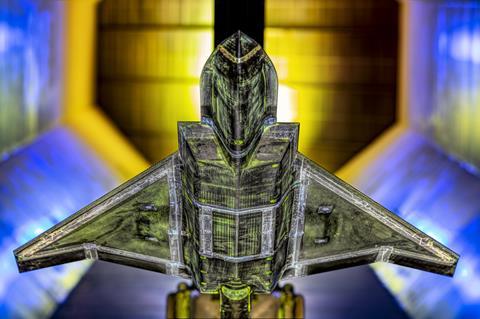
In a similar vein, it is incorrect to assume that wind tunnels can accurately reproduce all aspects of high-speed flight. Wind tunnel measurements are limited with varying degrees of uncertainty. Many measurements are intrusive and can alter the air flow being measured. Wind tunnels are limited in scale with only a select few facilities in the world large enough to test full-scale aircraft (and at relatively low-speeds). Scaling relationships help but can lead to other trade-offs. Turbulence levels in these facilities are also typically not representative of flight, leading to potential discrepancies in measurements. Particularly for hypersonic flight, it is nearly impossible to completely reproduce flight conditions for a meaningful test scale and duration. Generally, test engineers must choose between matching Mach number, air chemistry, dynamic pressure, or heating rates. Many facilities are poorly characterized as well, meaning that the true test conditions are not always known. Given shortcomings with ground test and simulations, sometimes you simply don’t know until you go to flight test.
- Shock diamonds are a sign of an efficient engine
Everyone loves a good set of shock diamonds in the exhaust of a jet engine or rocket. A beautiful sight indeed, many confuse the presence of shock diamonds as evidence that an engine is operating at optimal conditions. While shock (or Mach) diamonds are proof positive that your engine exhaust is moving at supersonic speed with sufficient pressure differential to create shock structures, these patterns are in fact indicative of an expansion process that is not perfect. Shock diamonds are generated when there is a mismatch between engine exhaust pressure and ambient pressure. This mismatch generates an alternating set of shock waves and expansion fans that create the tell-tale diamonds. The presence of the shock waves and pressure mismatch can actually slightly hamper engine efficiency. When exhaust pressure matches ambient pressure exactly this is termed a “perfectly expanded” nozzle design and the shock diamond pattern is not present. The concept of aerospike nozzles originated in an attempt to extend the envelope where a nozzle was perfectly expanded and increase efficiency. The same can be accomplished with variable geometry nozzles.
Dr. Combs is the Dee Howard Endowed Assistant Professor in Aerodynamics in the UTSA Department of Mechanical Engineering. Prior to starting at UTSA, Dr. Combs worked as a Research Assistant Professor at The University of Tennessee Space Institute. His primary area of research interest is in the development and application of non-intrusive diagnostic techniques for compressible flows and he also has extensive experience in investigations of hypersonic boundary layer and SWBLI flow physics. Dr. Combs is active with AIAA, ASME, and APS and is a current member of the AIAA Aerodynamic Measurement Technology Technical Committee.
If you enjoyed this free article support The Hush-Kit Book of Warplanes Vol 2 by pre-ordering your copy here.
(link goes to volume 2 but you can find volume 1 on the same site)


I like those “Breaking the Sound Barrier” posters. It looks like he really nailed her G-spot.